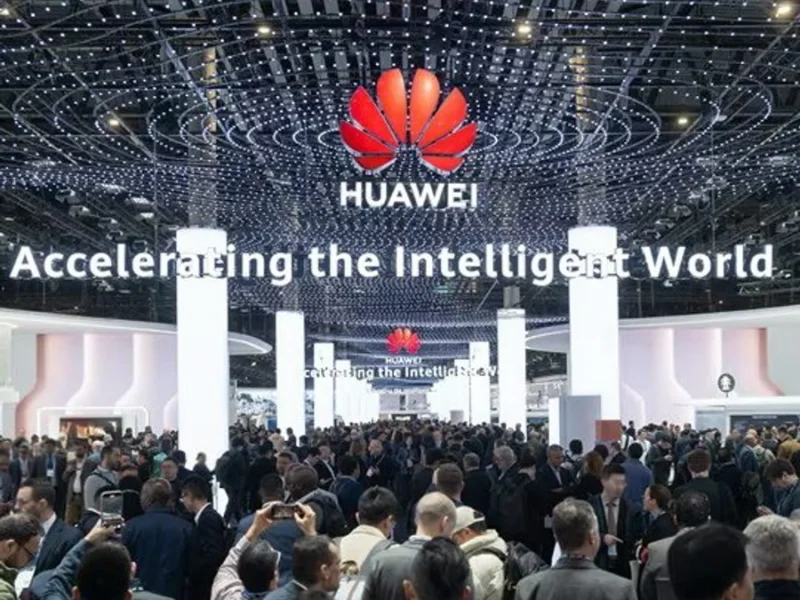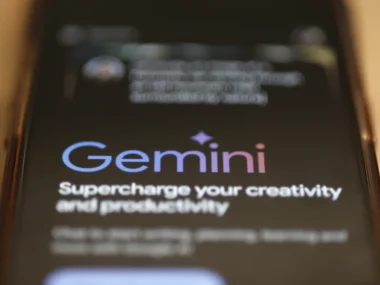Huawei creates the Ascend 910D AI chip to compete with Nvidia’s H100, driven by US export restrictions and China’s efforts to achieve semiconductor self-sufficiency.
As export controls reshape global supply chains and countries pursue technological independence, China’s access to high-performance processors needed for advanced AI training has been affected.
In response, Huawei has created a new AI processor designed to rival the capabilities of restricted US hardware.
The company aims for this updated version of its Ascend AI processors to offer performance similar to Nvidia’s H100 GPU, according to Reuters.
Huawei’s Ascend processors aim to promote computing independence.
This move reportedly follows Huawei’s plan to start mass shipments of its earlier 910C AI chip to Chinese customers next month, indicating the company’s multi-generation strategy to target various segments of the AI computing market.
Huawei and other Chinese semiconductor manufacturers have faced challenges for years in matching Nvidia’s performance, as its architecture defines industry standards for the specialized processing needed to train models through data-driven decision-making algorithms.
However, Washington has increasingly restricted China’s access to advanced semiconductor technology as part of its efforts to curb China’s technological growth, especially in areas with potential military applications.
In 2022, the US government prohibited the sale of Nvidia’s H100 chip to Chinese customers before its official launch.
Since then, US authorities have extended these restrictions to Nvidia’s latest B200 chip, further limiting China’s access to hardware essential for training large language models and other advanced AI systems.
The Chinese technology sector is adjusting to export controls.
Export controls have posed major challenges for Chinese AI researchers and companies trying to train advanced models, which demand significant computing resources.
The computational needs for training cutting-edge AI systems have grown exponentially in recent years.
Currently, the gap between Huawei’s chips and Nvidia’s alternatives goes beyond just raw computational power.

Ren Zhengfei, Founder and CEO of Huawei
Nvidia’s CUDA software platform, which offers tools for developers to utilize GPUs in general-purpose computing, has become the industry standard due to its widespread adoption. In contrast, Huawei’s Ascend chips rely on the company’s Compute Architecture for Neural Networks (CANN), which lacks the established ecosystem and developer familiarity that CUDA offers.
For Huawei, success in the AI chip market would represent a major achievement in its efforts to diversify following US sanctions that significantly impacted its smartphone division.
Huawei’s AI ambitions are rising amid ongoing geopolitical tensions.
Huawei’s focus on AI processors is part of a larger strategy to lessen dependence on foreign technology amidst growing US-China tensions.
Since being added to the US Entity List in 2019, which limited its access to American components and software, Huawei has increasingly focused on enterprise technology, cloud computing, and semiconductor development to sustain growth.
The Ascend 910D chip plays a key role in this shift, aiming to capture a share of the fast-growing AI computing market.
China’s government has also made semiconductor self-sufficiency a national priority, investing billions in R&D to support domestic chipmakers.
However, the challenge is not just technical but also commercial.
Nvidia’s GPUs benefit from a vast ecosystem of AI researchers, developers, and cloud providers who rely on Nvidia’s CUDA platform for efficient model training and deployment.
In contrast, Huawei’s CANN platform, while promising, is still working to develop the same level of software compatibility and developer tools, which could slow its adoption outside of China.











